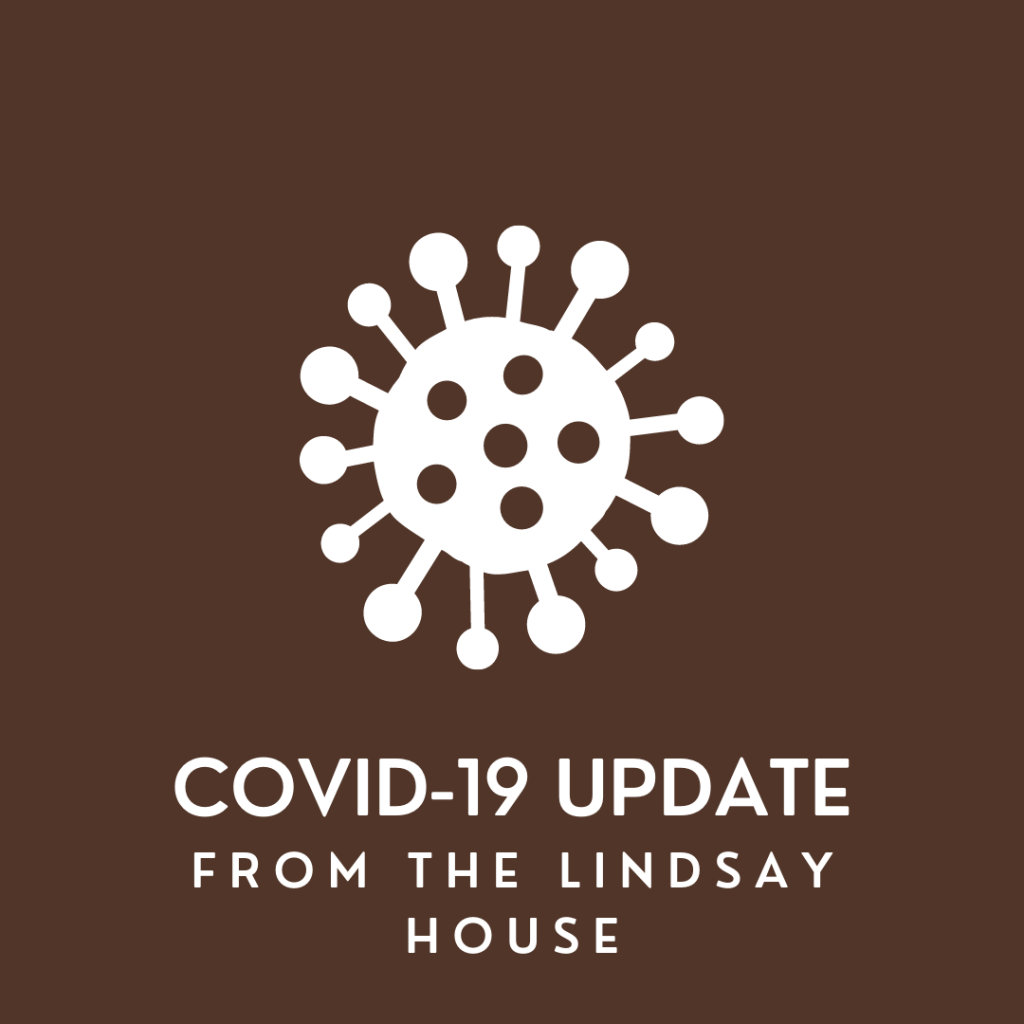Written by one of our plastic surgeons specializing in aesthetic and reconstructive breast surgery and body contouring procedures
 I was doing some research online about breast lift surgery and came across some blogs written about the procedure. One blog in particular stuck out – the OC Mom Blog about a “Girlfriends Guide to a Breast Lift.” The misinformation in this article was astounding. As a plastic surgeon, I was dismayed at the falsehoods that are being purported as truths. And this wasn’t the only one. I actually laughed out loud (yes, did a true LOL!) at some of the information that was being passed along. The worrisome thing is that women will read these blogs and believe them. So, I took it upon myself to write a “rebuttal,” so to speak. I am here to dispel the myths perpetrated by this particular “Girlfriends Guide to a Breast Lift.”
I was doing some research online about breast lift surgery and came across some blogs written about the procedure. One blog in particular stuck out – the OC Mom Blog about a “Girlfriends Guide to a Breast Lift.” The misinformation in this article was astounding. As a plastic surgeon, I was dismayed at the falsehoods that are being purported as truths. And this wasn’t the only one. I actually laughed out loud (yes, did a true LOL!) at some of the information that was being passed along. The worrisome thing is that women will read these blogs and believe them. So, I took it upon myself to write a “rebuttal,” so to speak. I am here to dispel the myths perpetrated by this particular “Girlfriends Guide to a Breast Lift.”
The Truths:
1. A breast lift is different than a breast augmentation. TRUE! A breast augmentation adds volume to the breast, and a breast lift elevates the entire breast so that it can be in a more youthful position. This means the nipples aren’t pointing toward the floor, they are pointing forward (back to where they started before having our kids, getting older, and gaining and losing weight).
A breast lift can also be accompanied by an augmentation, meaning an implant can be placed at the same time as the breast is elevated. Many women opt for this to improve their breast shape and to regain fullness in the upper part of the breast. An implant solves the problem of the gapping that occurs between your breast and your push-up bra.
2. You might have drains. This may be true, but most plastic surgeons do not use drains. At the Quatela Center for Plastic Surgery, drains are almost never used for breast lifts and breast lifts with augmentations. So, do not worry about them.
3. They are going to look bigger than expected. TRUE! They will, for the first few weeks. This is because of swelling. Talk to your plastic surgeon, and they should always tell you what to expect. Swelling is typical; if you have surgery, you will have swelling.
4. Bras. Your surgeon will put you into a post-surgical bra. TRUE! If this is comfortable, continue to wear it – it helps with swelling. If this is not comfortable, get one from Target or Kohl’s that has no underwire (the underwire will rub on your incisions and will be uncomfortable). Find one that gives support but not too much compression. Do not spend a lot on bras in the first 6 weeks. Your breasts are swollen and will change. Save your money for new, pretty bras after you heal.
The Falsehoods:
5. They are going to cut your nipples off. FALSE! When I read this, I internally screamed inside. If we removed them entirely, then they would not have a blood supply. They would no longer be reactive. They would not be able to breastfeed a baby. The truth is that the nipples are kept on what we call a pedicle – a blood supply with an artery and a vein to allow the nipple and areola to get blood and oxygen. So, the nipple and areola are moved upward with breast tissue and soft tissue surrounding it. The entire mound gets elevated. There is no “cutting off”!
6. It is going to hurt. FALSE! A mastopexy is a very well-tolerated procedure and most patients take only ibuprofen after the first few days. If you combine it with a breast augmentation, then yes, patients feel more soreness. It feels as if you worked out your pectoralis muscles really hard by doing a hundred push-ups or arm presses. If the implant is placed above the muscle, then the soreness decreases. This all depends on the procedure and what your personal pain tolerance is. Like I said, though, most of my patients are on ibuprofen within the first one to three days after surgery. One of our employees returned to work two days after having a breast lift with augmentation. This, by the way, is not recommended.
7. You will not be able to do anything for at least a week. FALSE! You should be up and walking the night after surgery. The blog writer for the OC Mom Blog who said she stayed in her bed for a week after her surgery put herself at great risk for a blood clot. My patients are up and walking within a few hours after surgery. The soreness is well controlled with pain meds that are addressing the inflammation, swelling, and nerve pain. So, our patients are quite comfortable moving about. It is true that we do not recommend any heavy lifting, pushing, pulling, yoga, Pilates, marathon training, P90X, etc. for 4 weeks after surgery. Walking, cooking, shopping, and all other daily activities are just fine. Like I said, one of our employees returned to work after two days. This, again, is not recommended…
8. You won’t be able to lift your arms for a good two weeks. FALSE! Please, folks, lift your arms. We do nothing to the shoulder muscles. Your arms may feel heavy or tight immediately after surgery, but you should be able to lift them. Otherwise, your shoulders can “freeze” into that position through non-use and then it becomes hard to move them at all. A frozen joint occurs more often in the elderly, but I have seen it in young women, too. It takes physical therapy and sometimes a surgery called arthroscopy to release a frozen shoulder. So please do yourself a favor and move your shoulders after surgery!
9. No alcohol, vitamins, or protein powders. This one is partially true and partially false. It all depends on the type of vitamins and protein powders. Alcohol is not recommended before surgery because it can be dehydrating, and not recommended after surgery because it interacts with the narcotic medications (not in a good way). If you are no longer taking narcotics, it is okay to drink alcohol in moderation. Too much alcohol can cause dehydration and poor wound healing. A glass of wine with dinner, however, is not detrimental. Concerning the vitamins, they come in all shapes and sizes. Your run-of-the-mill multivitamin (Centrum, One-A-Day, etc.) is fine to take before and after surgery. Some specialty vitamins can increase your risk of postoperative bleeding (gingko biloba, ginseng, ginger, etc.). Check with your surgeon about the vitamins. Protein powders can be continued before and after surgery, and are not detrimental to healing.
10. Sleeping – You will need to sleep elevated for the first couple of weeks. FALSE! Most of my patients are lying down in bed within 24hrs. If you want to sleep elevated, that is okay, but I think that would be uncomfortable. Most women sleep on their backs in the beginning. If you are a side sleeper, I recommend a body pillow that can give some support.
11. You might experience random shooting pains. TRUE. It is just your nerves fighting with the implant. FALSE! Fighting the implant? What does that even mean? The shooting pains are from the tiny nerves that were cut during surgery and are starting to “wake up” and regenerate. As the swelling goes down, these small nerves are no longer swimming in swelling fluid and hit up against soft tissue. They then fire randomly causing an achy, shooting pain. This is normal and will get better. The pains usually start around 4 weeks after surgery and continue until about 3 months.
This sums up some of the truths and falsehoods contained in the popular “Girlfriends Guide to a Breast Lift” blog. Most women are very happy to undergo breast lift surgery, with or without an implant. I have never had a patient come back and say they wished they never had surgery. Almost all women feel happy to have breasts that are “back in position.” That being said, the best guide to any surgery is the one that is outlined by your plastic surgeon. He or she will give you advice and information that is specifically tailored to you. Every individual is different, and well-trained plastic surgeons understand this. Do your homework, obtain a few consults, and let your plastic surgeon guide you through your surgery and recovery. And, even though it is enticing, do us all a favor and stop consulting Dr. Google.
For more information about breast lift surgery or the other procedures offered at the Quatela Center, call (585) 244-1000.




Was verry educating
Nice post, very useful blogs with very useful information, thank you for sharing this post.
This was an excellent, well put together information for patients.
Thank you,
Luis E. Villaplana, MD
great post, very useful blogs with very useful information, thank you for sharing this post.
LOVE this! I just had a lift (no augmentation), and am beyond happy with the results. I was off pain meds of any sort 3 days post-surgery. I was able to resume normal daily activities (being cautious not to overexert myself) two days later.
My surgeon is ultra-cautious, so some of your truths were nice to know…that I could be a little more lax 🙂
I read some other articles that said that your nipples and lose sensation and they never get that back after the lift. Is this true? Or is there another way of keeping the surgery with that in mind
We hear this concern often! The risk of losing nipple sensation is less than 10% with breast lift surgery. Since it is a common concern, our surgeons do keep that in mind during surgery!
Thank you for sharing. I have so many concerns and have been contemplating a breast lift but very concerned about the loss of feeling in my nipples.
A breast lift is an amazing procedure that lifts the breast to a perkier position and gives a more youthful look. The risk of losing nipple sensation is less than 10% with breast lift surgery. It’s a common concern for many women, but the risk is very low.
Hi! This article is really helpful! Thank you. I’m looking to get a mastopexy but I don’t have kids, however I plan to have some in the future, will this affect my chances of breastfeeding, how about post breastfeeding, if my boobs sag again would it be ok to get the procedure done twice?
We do have patients who undergo breast lift surgery prior to having children. It’s important to note that a breast lift can decrease the amount of milk you produce, and you may need to supplement with formula. It’s possible you may need a revision breast lift after having babies and nursing due to stretching of the breast tissue. Some women do need to do this surgery twice in their lifetime. If you’d like to speak to a Patient Consultant and surgeon about your specific desires and concerns, we’d love to connect! You can reach our office at 585.244.1000 or via the contact form on our website.
Are there ways to reduce permanent scarring after the operation or even something to tell the surgeon in mind during the operation?
While scarring is unavoidable with any surgery, our surgeons close the skin very carefully with layers of sutures and steri strips are applied to help reinforce the closure. This reduces the tension on the excision to help keep scars small. Three weeks post-surgery, we recommend starting a scar cream called Silagen. Lastly, avoiding sun exposure to the scars for one full year, and using SPF indefinitely, is recommended for healing.
Thank you! Very informative.
Is the nipple left numb after the surgery?
Loss of nipple sensation is a common concern for patients and something that our surgeons talk through at consultation appointments. 2% of women may lose sensation after breast lift surgery.